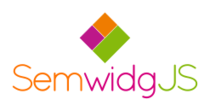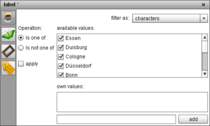Visualization and Interaction with Data-centric applications
We investigate novel visual techniques for interacting with very large or complex data sets. Semantically represented data such as the Linked Open Data Cloud are an important example. We have developed a range of tools and UIs for exploring and searching semantic data such as gFacet or RelFinder. With SemwidgJS, we have developed a JavaScript library that facilitates the integration of Linked Open Data into almost any regular Website. Within the OPDM-project an editor to create and edit semantic product models was realized with a particular focus on non-technical users, thus hiding technical details to achieve a better usability.
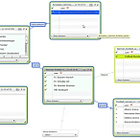
Tools for Searching and Exploring Semantic Data
With the steady growth of the Semantic Web, the classical World Wide Web as a network of documents is increasingly transformed into a Web of data. Information is no longer stored as monolithic blocks in web pages, but rather fragmented into many pieces that can be assigned to semantic concepts. We investigate novel forms of interacting with these data sets both in terms of visualization and exploration.
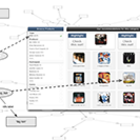
Interfaces for Semantic Data
In order to facilitate the adoption of Semantic Data, intelligent interfaces to create and use such data are vital. Designing and evaluating new approaches to create and use semantic data within regular as well as specialized use-cases are important steps to highlight advantages and benefits of a semantic data model. We strive to develop compelling interfaces which fully exploit all possibilities out of the semantic representation.
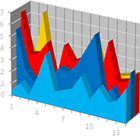
Visual Analytics
In this evolving research field, we deal with the development of novel interactive user interfaces for the visualization of unstructured and semi-structured, and possibly very large, sets of data using methods from Visual Analytics. The purpose of these interfaces is to support the user in decision-making and reasoning processes, for example while exploring a large database of products and their properties.







